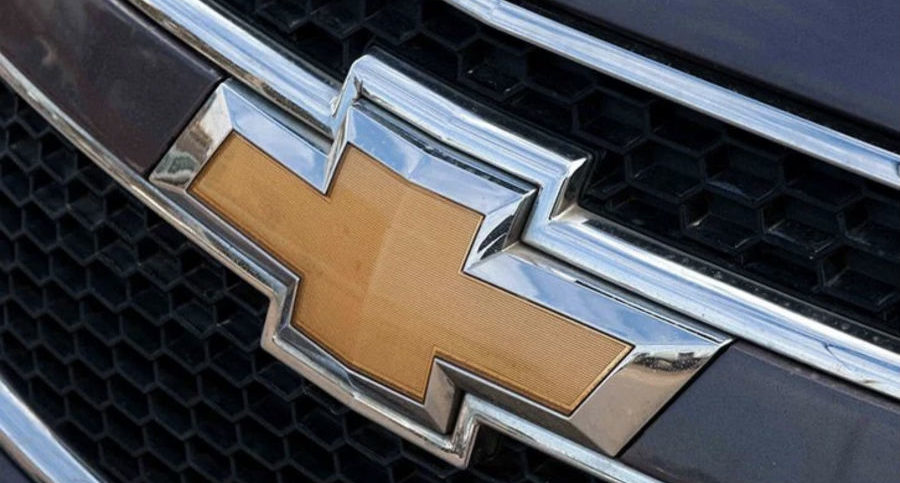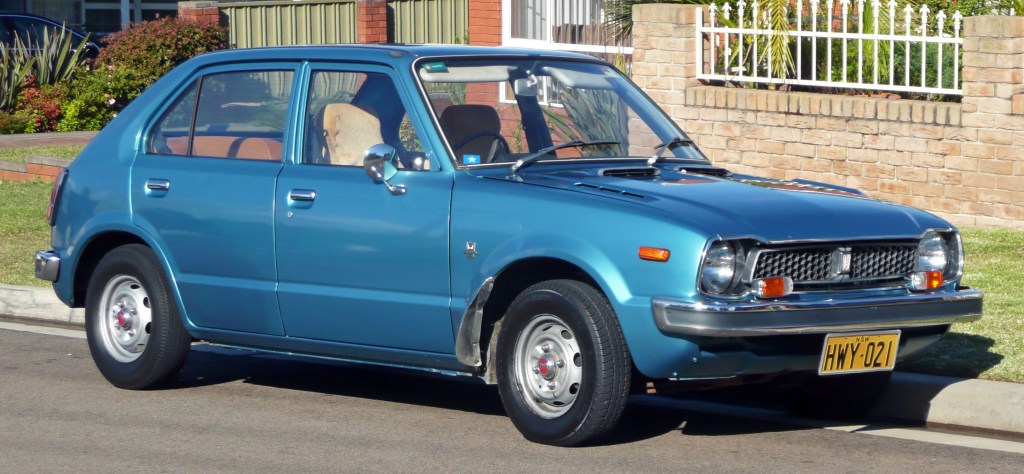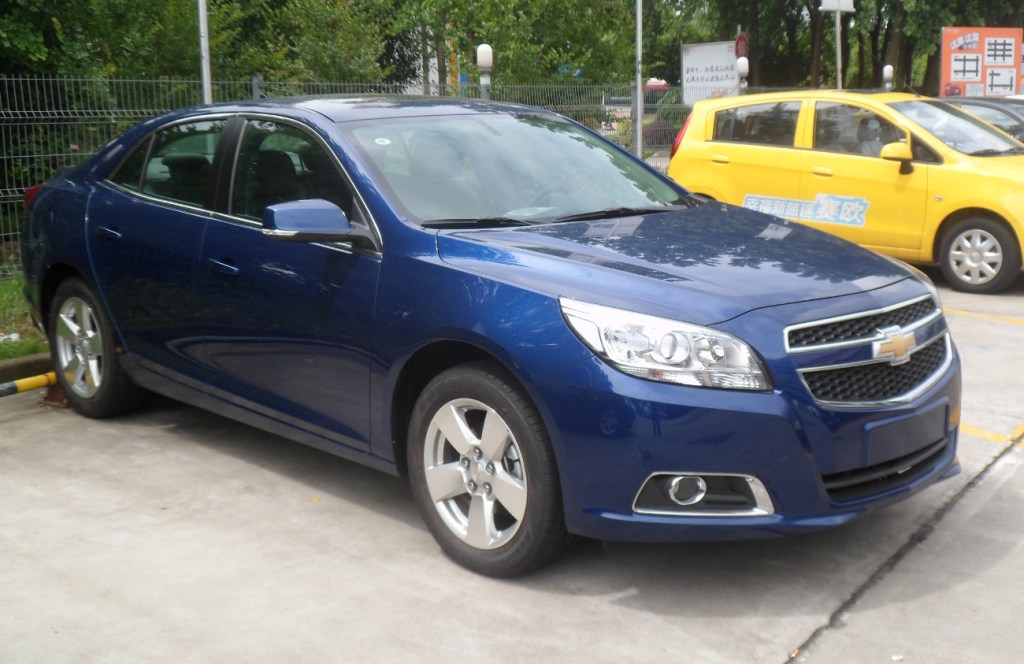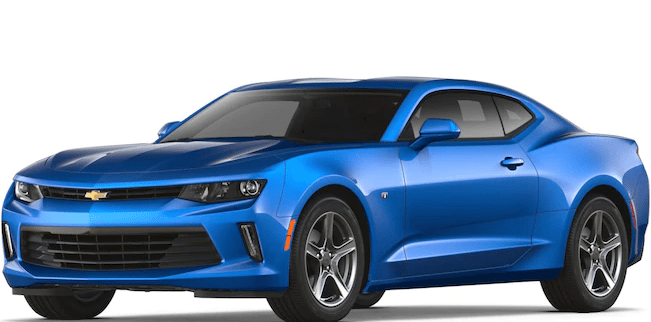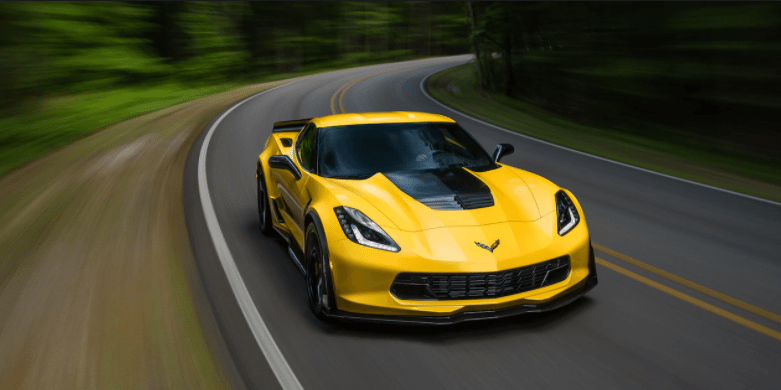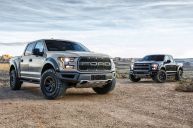Since its conception, Chevy has been a well-regarded American icon.
For a considerable period, they were known as the "Heartbeat of America." A well-deserved title.
Unfortunately, the Heartbeat of America is no longer Chevrolet. Foreign manufacturers such as Honda, Hyundai, and Kia own the market of dull, mundane everyday cars. American cars have never been less popular in their home country.
This begs the question: How have foreign manufacturers captured so much market share? This is arguably attributed to the 1973 oil crisis. Then, cars had to suddenly produce fewer emissions and higher fuel economy, a big ask for a country known for their big V8-powered muscle cars.
However, by that time, foreign manufacturers had been producing cheap, economical cars for the masses. As a result, small cars such as the early Honda Civic and Toyota Corolla became very popular.
It took until the 1980s for the Big Three to catch up, and their only decent offering at the time was arguably Chrysler's K-Car platform. Chevy had the Chevette, which was awful. Ford had the Escort, which was alright. They were still light-years behind their foreign rivals. It didn't help that Hyundai joined the picture in 1986, with the Excel.
Read More: HENNESSEY EXORCIST: THE 1,000-HP CHEVY CAMARO ZL1 WITH A 217 MPH TOP SPEED
As far as Chevrolet was concerned, the only cars they had that gained a following were the Corvette, the Camaro, and the C/K series truck.
GM finally began to get the boring, everyday car formula right in the 90s, when the Cavalier and Malibu were introduced toward the end of that decade.
The Corvette entered its C5 generation and had brilliant pop-up headlights. The Silverado achieved great success. The Camaro was awful, however, and was axed in 2002.
It was the Corvette and the Silverado that kept the Heartbeat of America alive until the Camaro was reintroduced in 2010. By that time, Chevy finally began to get it right. On the bottom end, they had the Aveo, which was awful. It dominated the very-small-crap-car segment of the market, however.
Their midsize offering was the Malibu, which was a superb car, especially when fitted with GM's Ecotec 2.0 liter inline-four. It was around this time that Chevy learned that small-displacement, turbocharged engines were the future, and they began to stick to it.
The late-model Chevrolet Spark, Cruze, Malibu, and Equinox feature engines from GM's SGE (small gasoline engine) lineup. They all feature displacements of no more than 1.5 liters and have rather small turbochargers.
This allows all four of these cars, bar the Equinox to have MPG ratings of over 30 MPG combined. The Equinox can reach a respectable 26 MPG combined.
Of course, you can't forget the directions that the Camaro and Corvette are going. The Camaro is now available with a 2.0 liter, turbocharged inline four and a 3.6 liter V6. While this is total blasphemy to most car enthusiasts, this is one way that Chevrolet is getting with the times.
Chevy recognizes that not everybody wants a big V8 at the front and a manual transmission, and they have built variants to cater to the people who want great fuel economy and aggressive styling at the same time.
A big V8 at the front is what consumers wanted in the 60s and early 70s; now lower displacement and turbos are king.
You cannot ignore the constant rumors of the Corvette being mid-engined. If this is true, this puts the Corvette in the same stable as its Italian and German rivals. It was always scoffed at by supercar snobs, despite its lower purchase price, and in some specifications, better performing than its rivals.
Chevrolet used to be the Heartbeat of America. They did this by recognizing what the market needed or wanted and catered to it. Chevy straddled away from their past success for so long, but now they are finally coming back and recapturing the heart of this great nation.
Read More: THE PAST, PRESENT, AND FUTURE OF THE CHEVY TAHOE
